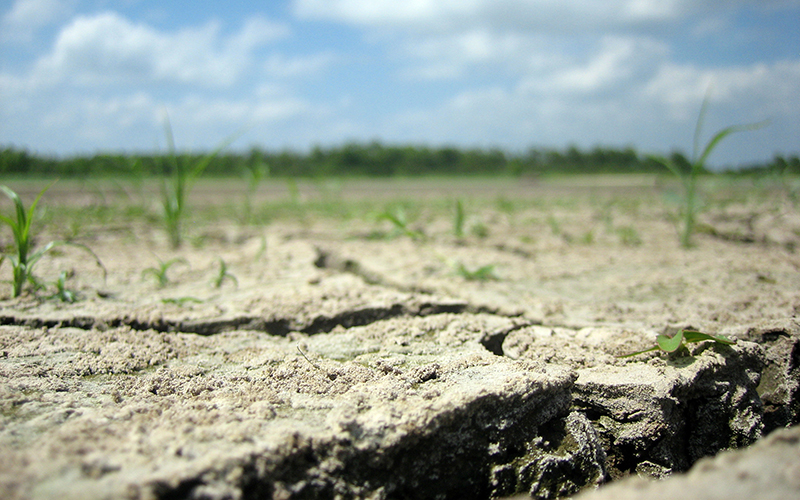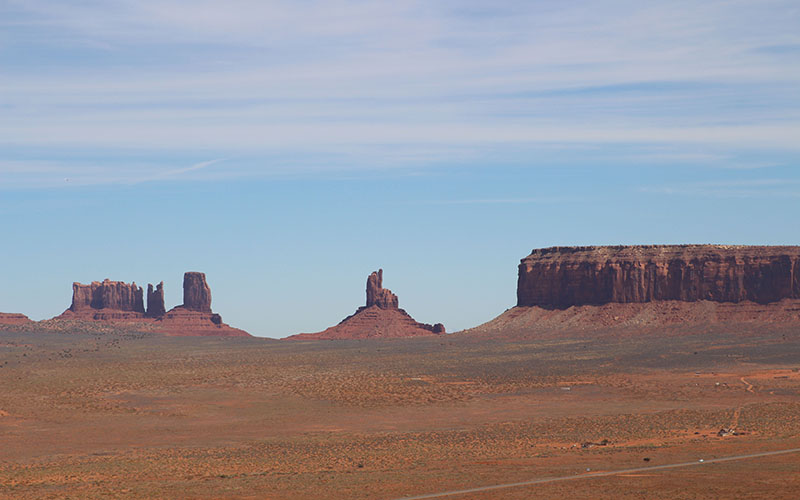
One perfect drought in the 12th century affected the entire West and lasted nine years, much longer than the event that gripped California from 2012 to 2015, says Connie Woodhouse of the University of Arizona’s Laboratory of Tree Ring Research. (Photo by dasroofless/Creative Commons)
PHOENIX – A “perfect drought” happens when all of a region’s major sources of water experience drought at the same time, which is what California experienced from 2012 to 2015. A new University of Arizona study shows that such droughts have occurred an average six times a century for the past 600 years, and it warns they could become longer and more frequent in the future.
Connie Woodhouse and David Meko, professors at the university’s Laboratory of Tree Ring Research, found that the most recent span of 100 years – when five perfect droughts hit California – was not unusual compared with past centuries.
Woodhouse said one perfect drought in the 12th century lasted nine years, much longer than recent occurrences, and it affected the entire West.
The study was funded by the California Department of Water Resources and published in the Journal of American Water Resources Association.
Woodhouse, Meko and co-author Erica Bigio reconstructed the climate history of California water sources using annual tree-growth ringsfrom 1126 to 1905 and instrument readings of annual precipitation and streamflow from 1906 to 2017. The researchers defined a perfect drought as one in which precipitation and streamflow in all three of California’s water sources fell below the median for two or more years.
“These things occurred in the past. There’s no reason that they couldn’t occur in the future, without even talking about climate change,” Woodhouse said in an interview.
The study warns that the potential for longer perfect droughts, coupled with increasing temperatures in the future, could increase the negative effects of water scarcity.
“Perfect droughts such as 2012-2015 may become increasingly common, with the potential for even longer events to occur,” it concluded.
The recent drought affected California’s three key water sources: the Colorado River, the Sacramento River and the rainier western portion of Southern California.
Woodhouse said perfect droughts historically accompany a high pressure air system off the Pacific Northwest, which pushes storm tracks north of all three sources of California’s water.
California water managers hope the UArizona study will show how often perfect droughts have happened in the past.
“They are very interested in understanding the record of the past, to use it as an additional tool in planning for the future,” Woodhouse said.
Water managers in the Colorado River Basin also have come to her, she said, wanting to know whether a given drought has some echo in the past.
“The question is, ‘Oh, is this a climate change drought, or is this the kind of drought that occurred in the past but we just don’t have records long enough to be able to say?'” she said.
